Memory foam vs gel memory foam – what's the difference and which will suit you best?
This article should tell you everything you need to know about memory foam vs gel memory foam, from which feels softer to which keeps you cooler
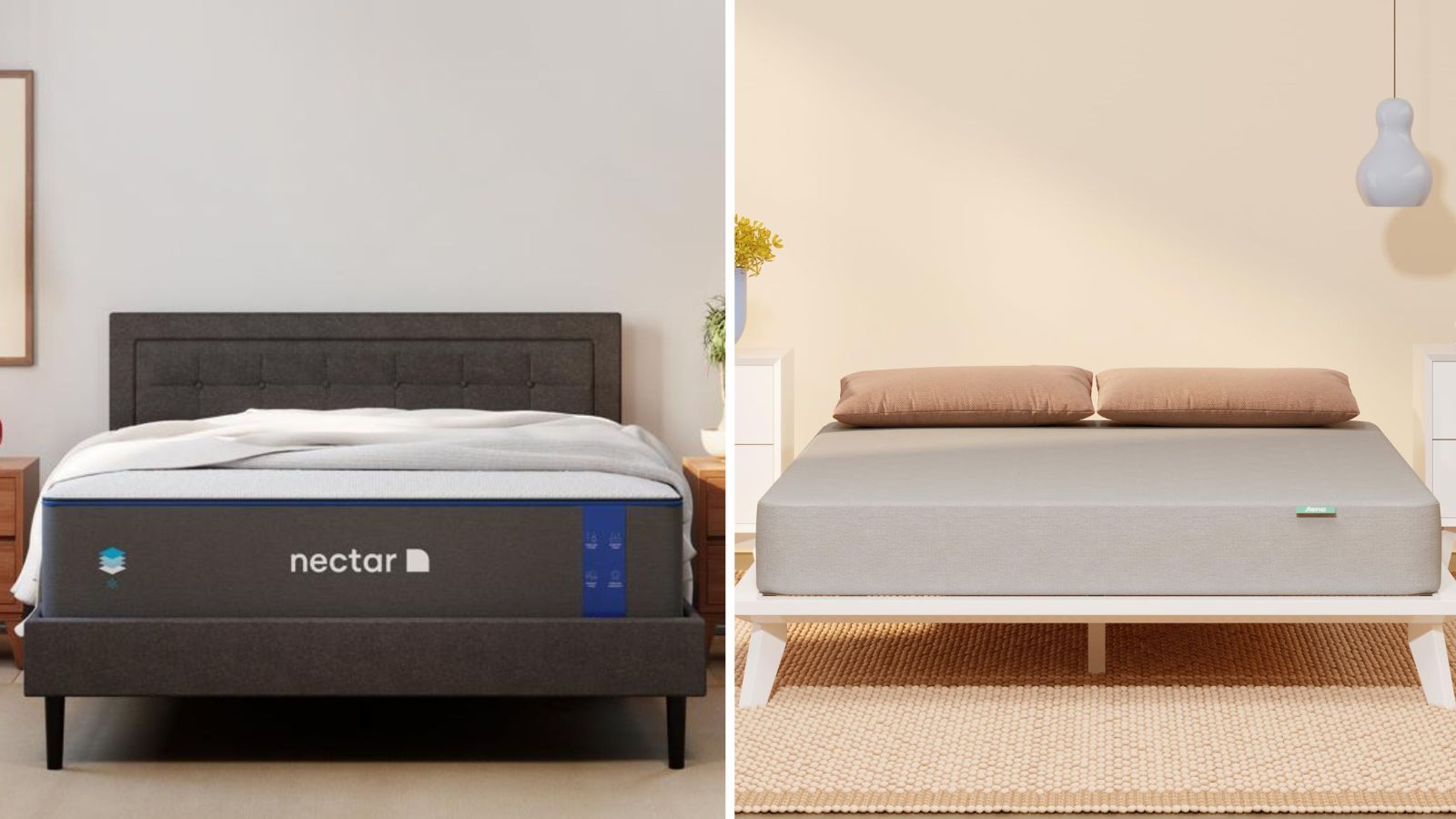

As I save up for a new mattress, I'm considering the pros and cons of memory foam vs gel memory foam. For years, I slept on traditional memory foam, and I got used to the feeling of comfortable contouring. Still, I'm a hot sleeper, and I can see the benefit of switching to gel memory foam to keep cool.
As mattress types go, memory foam and gel memory foam are pretty similar. That's primarily because they're made from the same sorts of materials: viscoelastic foams, which feel soft and squishy, yet supportive. The differences between memory foam and gel memory foam are subtle, but significant, and inform which bed is best for you.
I'm H&G's specialist sleep writer and I lead a team of expert testers to find the best mattress for every sort of sleeper. Whether you sleep on your front, back or side, run hot or cold, or have hundreds or thousands of dollars to spend, I can match you with the mattress that meets your needs.
Memory foam vs gel memory foam
I've outlined the key similarities and differences between memory foam vs gel memory foam to help you get to grips with each bed. I've explained the pros and cons of each mattress type and hand-picked a few of my favorite products to make your mattress shopping experience that much easier.
What's the difference between memory foam and gel memory foam?
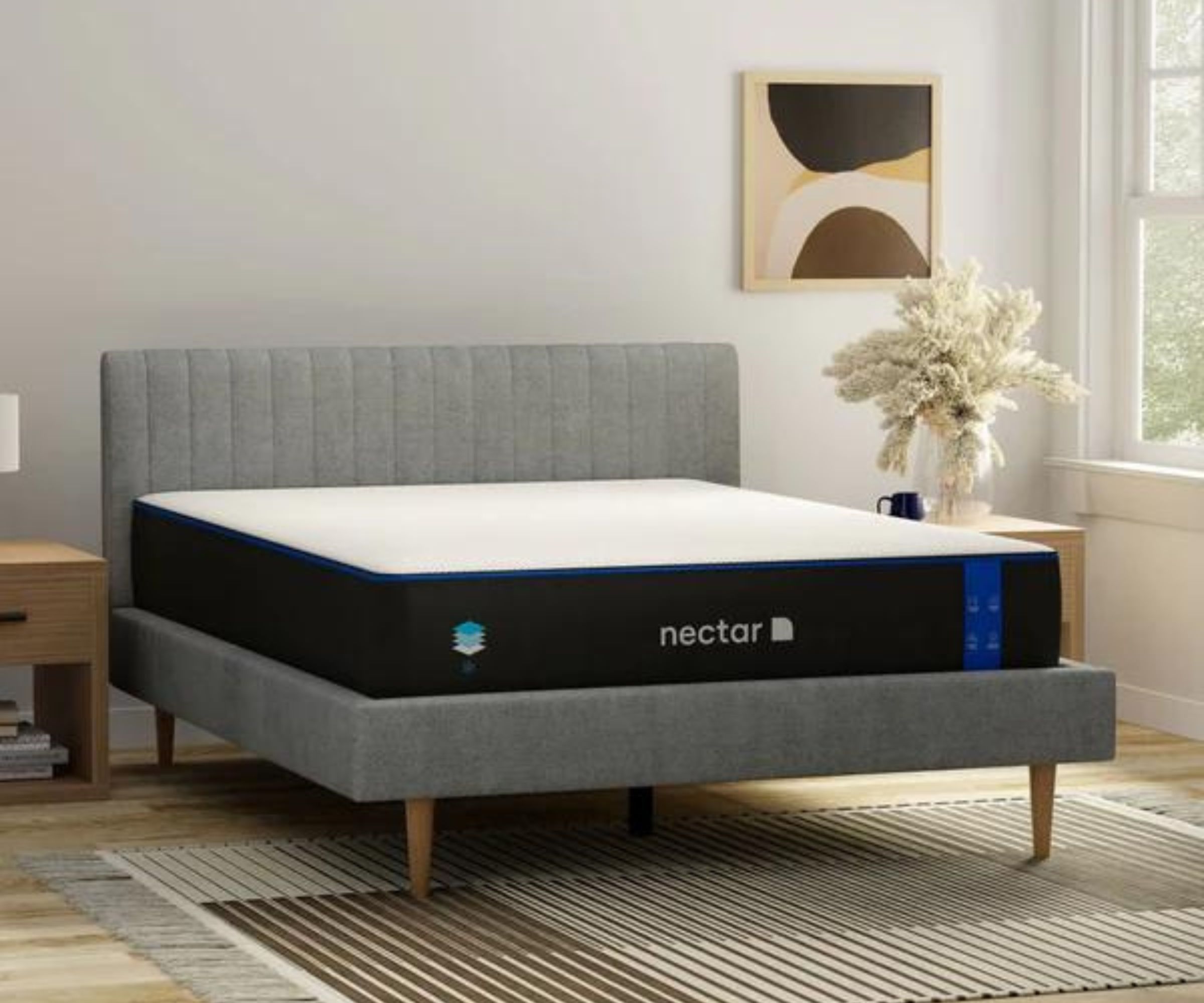
Before we begin, it always helps to define our terms. I've summarized the similarities and differences between memory foam vs gel memory foam beds below.
A memory foam mattress feels squishy and supportive. Invented by NASA-funded researchers and developed by major mattress brands, memory foam is made to absorb motion and bear your body for the feeling of weightless sleep.
Your average memory foam mattress features three layers of foam, uniquely formulated to meet different needs. There's support foam, which feels solid and sticky for body contouring; comfort foam, which delivers the soft, sinking feeling so unique to memory foam; and transition foam to reduce friction between the layers.
A gel memory foam mattress feels much the same as a traditional memory foam bed: springy and responsive, filled with the same sorts of viscoelastic foam. Your average gel mattress is founded on support foam, layered with transition foam, and topped with comfort foam, which is infused with cooling gel beads.
Memory foam pros
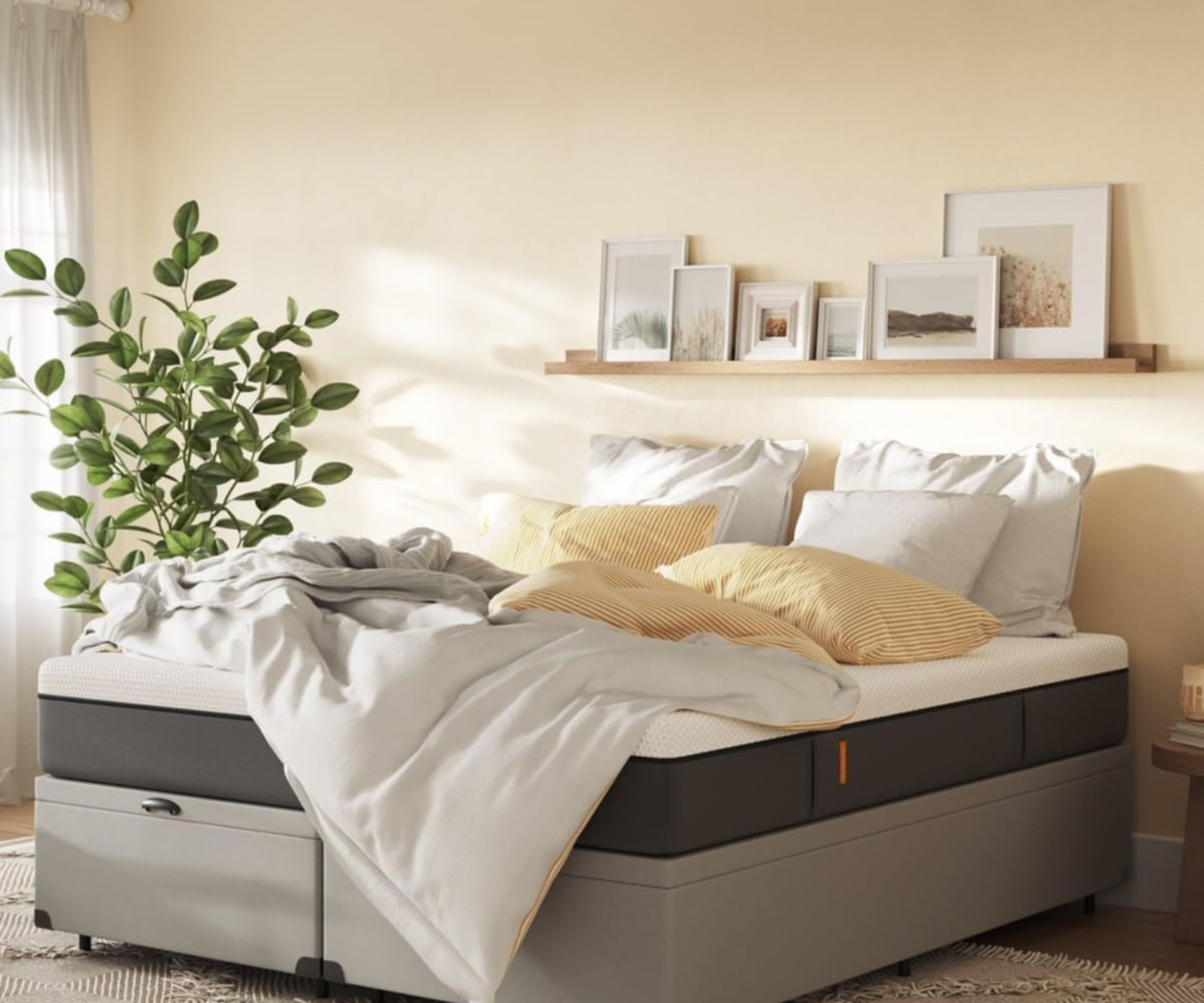
Memory foam is made to mold to the shape and size of your body. It's the best thing for bearing weight and relieving pressure. If you suffer from any kind of chronic pain, and you're looking to take some weight off your body, I suggest a memory foam mattress.
The contouring comfort of memory foam is also what makes it such an excellent motion isolator. You could fill a glass with water, set it in the center of the bed, jump around it, and still not spill a drop (and we do − it's a crucial part of how we test mattresses). A memory foam mattress is a great choice for light sleepers and anyone who shares a bed with their pet or partner.
The best memory foam mattress is more affordable than a gel bed. That's because you're only paying for the price of the raw materials and manufacture, rather than the gel itself. You shouldn't have to pay more than $1,000 for a Queen-sized bed. You can spend the money you save on sheets, shams, and everything else you need to dress your bed.
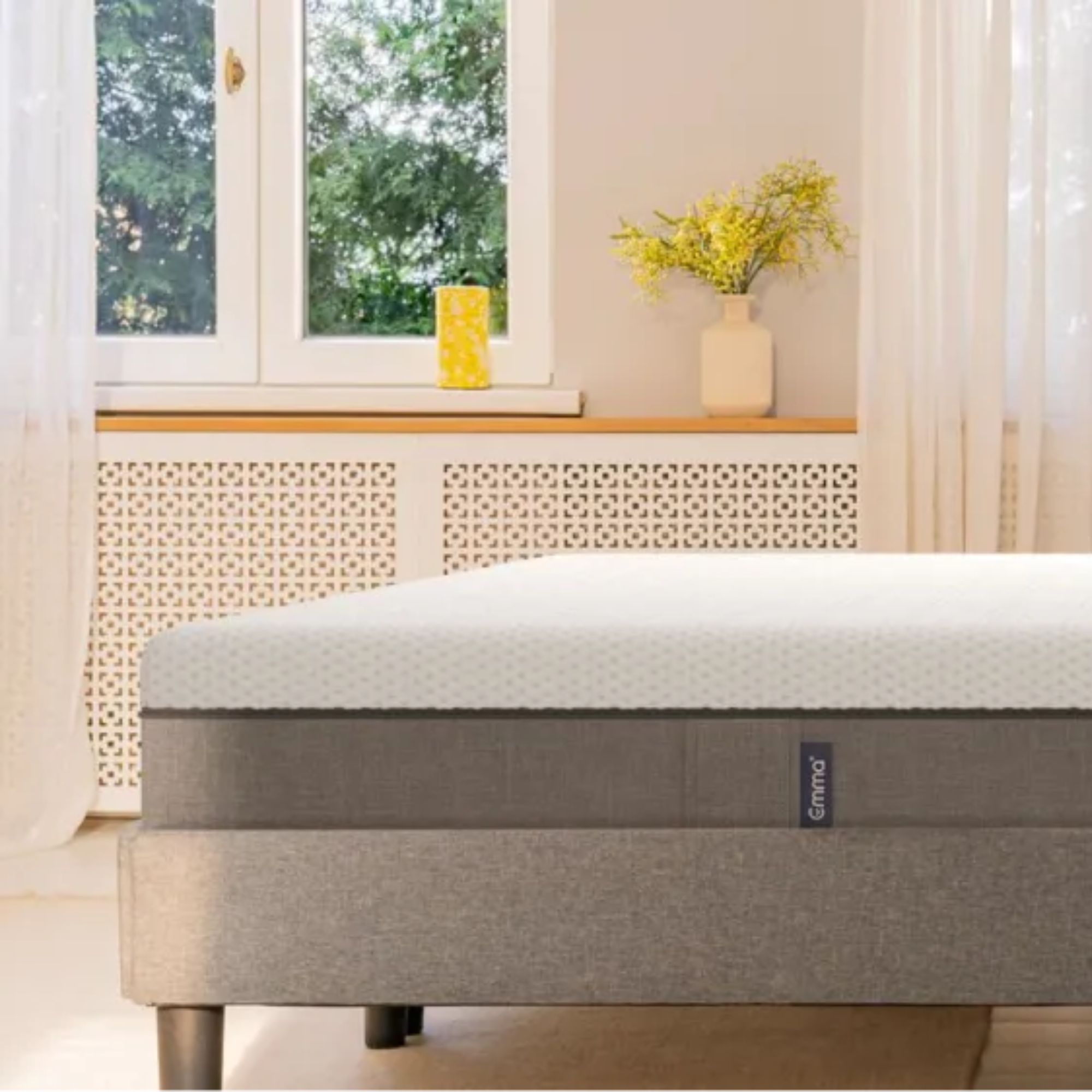
Our expert tester, Chiana, started sleeping on the Emma Original Mattress at the start of last year. 18 months later, she's still sleeping on it, and she never wants to go back to her firm, inflexible bed. She's grown too attached to the excellent motion isolation and firm support.
You can find more detail in our Emma Original Mattress review.
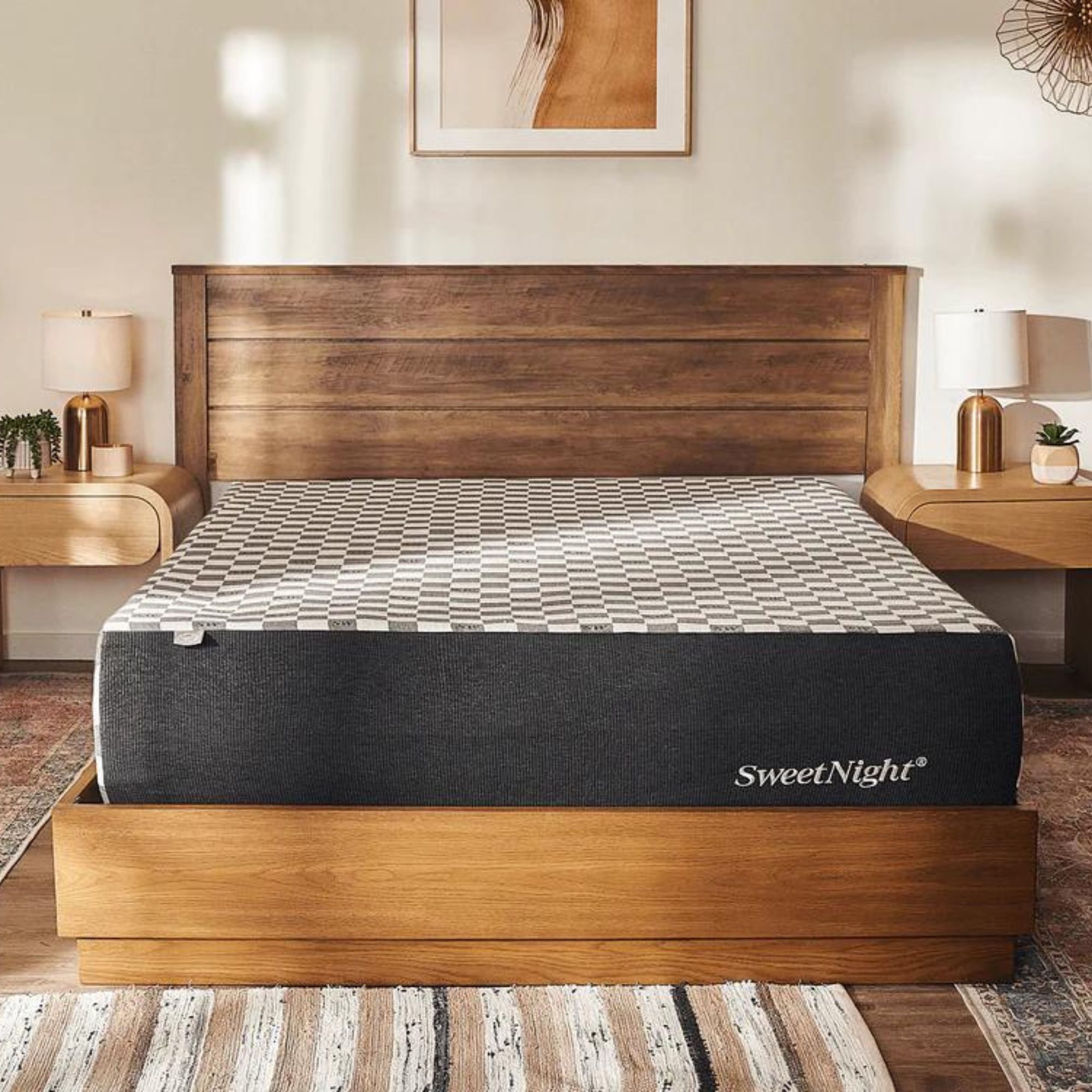
For my money, this is the best mattress for a guest room. The SweetNight Prime Memory Foam Mattress sports dual-sided support, with a Gentle Firm side for ergonomic alignment and a Luxury Plush side with a little more give to cushion your joints.
You can find more detail in our SweetNight Prime Memory Foam Mattress review.
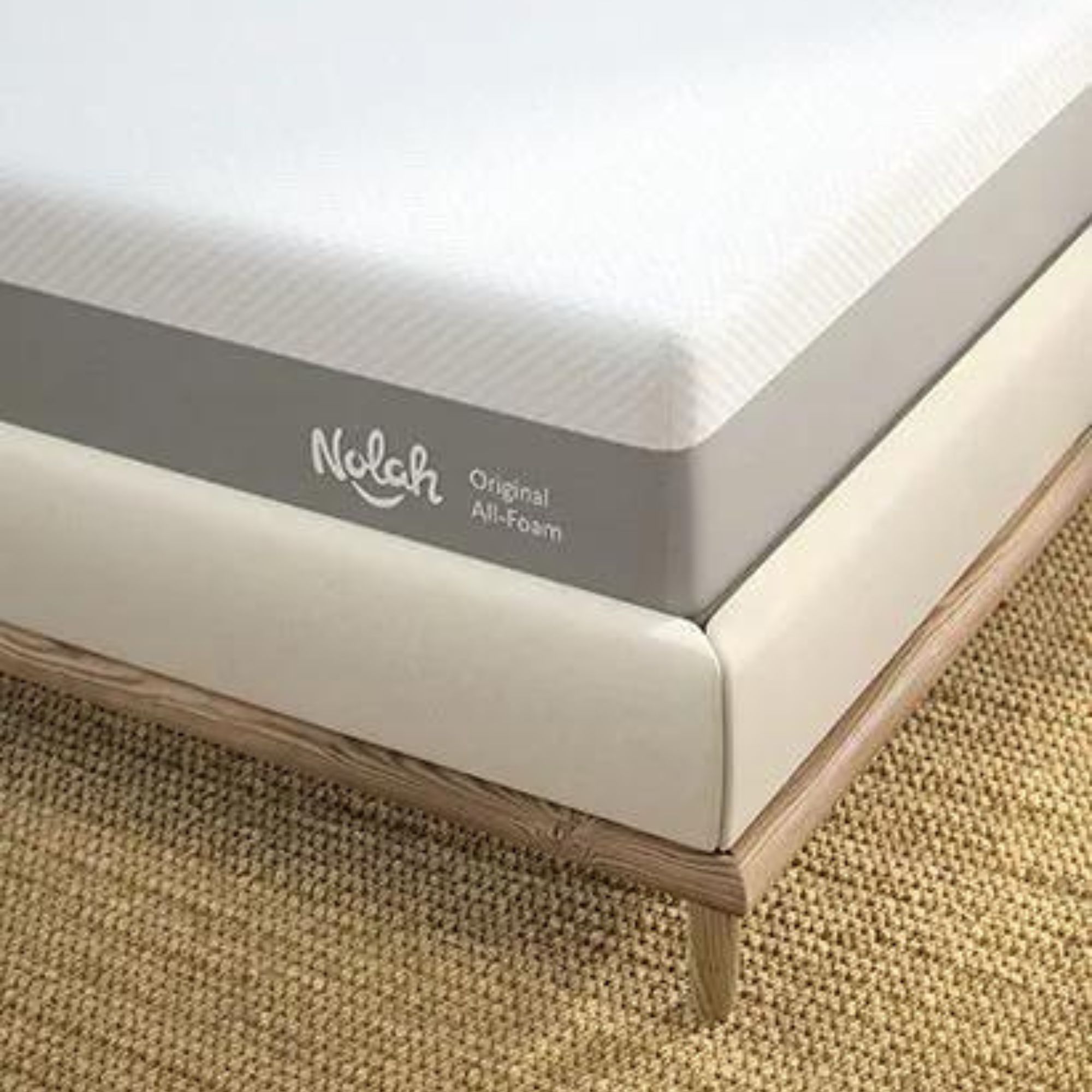
Nolah strategically punctures their memory foam with thousands of tiny air pockets to boost breathability throughout the bed. If you're a hot sleeper who loves the feel of traditional memory foam, then this is your best bet.
You can find more detail in our Nolah Original Mattress review.
Memory foam cons
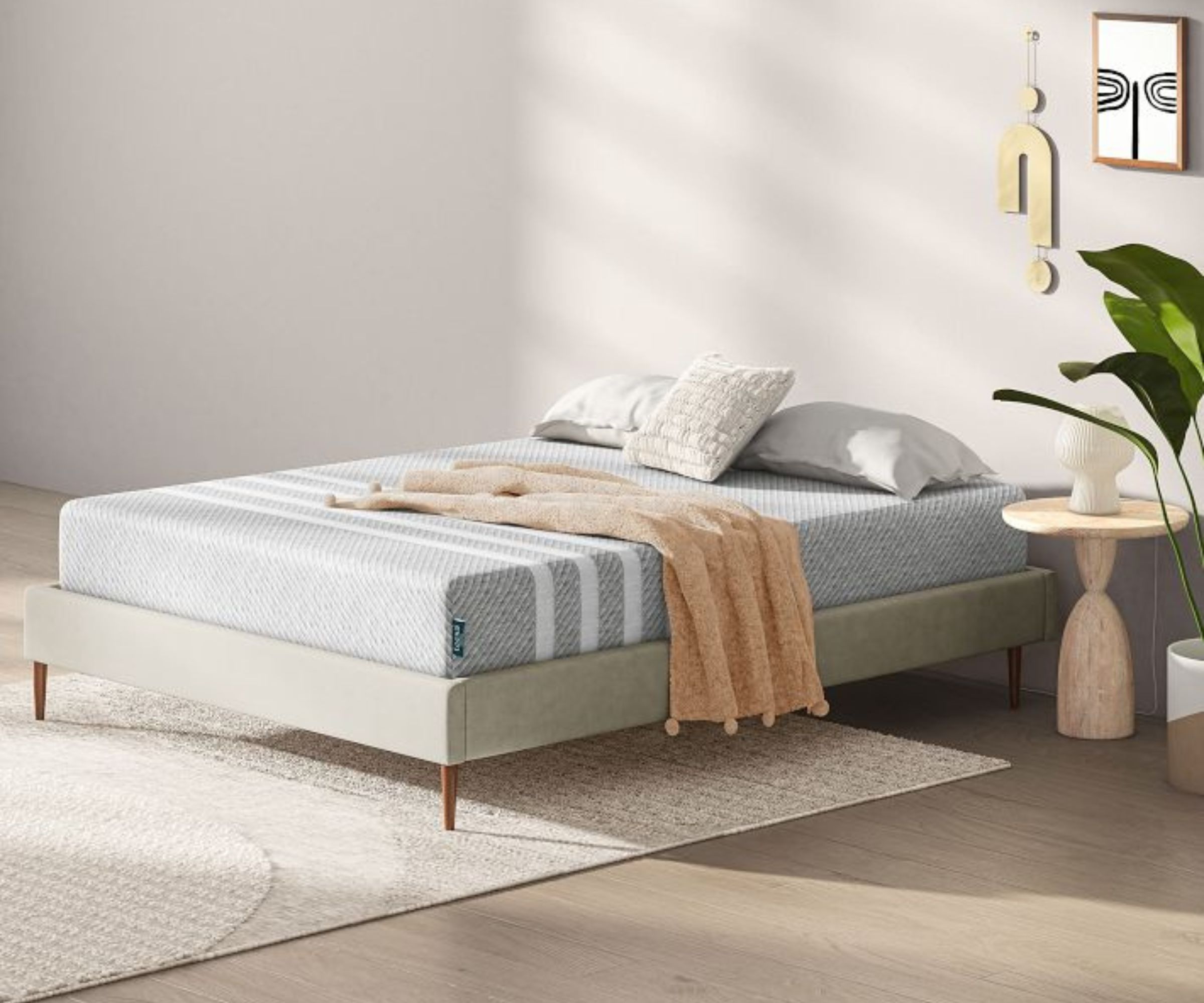
The worst thing about memory foam is the lack of breathability. There isn't much room for air to flow through all that thick foam. That means heat and moisture get trapped inside the mattress, which becomes a breeding ground for bacteria, mold, and mildew. If you're a seriously hot sleeper, I'd urge you to steer clear of traditional memory foam and opt for the best cooling mattress, instead.
Then, there's the unsavory smell. Your average memory foam mattress arrives compressed and packaged as a box mattress. This delivery method is quick and convenient, but it involves an awful lot of chemicals. Polyurethane contains a lot of volatile organic compounds, or VOCs, which emit an unpleasant odor once you unwrap your mattress. The smell should disappear after a day or two, and it's totally harmless, but I suggest you air out your bed before you sleep on it for the first time.
As mattress types go, traditional memory foam is neither the most durable nor the most sustainable option. Memory foam beds accrue indents and impressions, which leads to sagging and loss of support over time. Within 6 to 8 years, you'll need to replace your memory foam mattress and start the mattress shopping experience all over again. If you'd rather spend once and spend well, I suggest you shop for a latex mattress, instead.
Gel memory foam pros
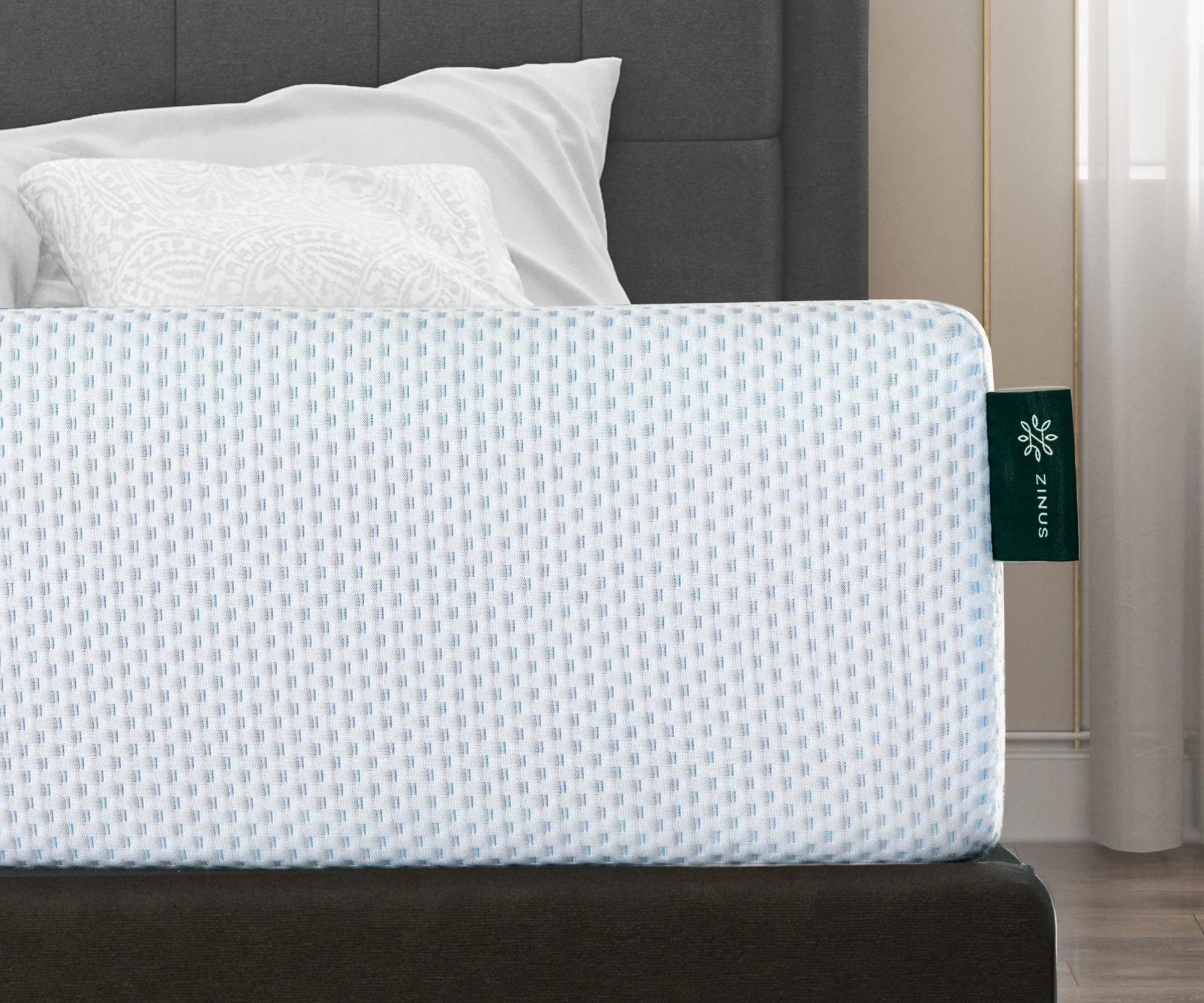
Gel memory foam sleeps so much cooler than traditional foam. All those gel beads work to carry heat away from the body and out of the bed, helping you to regulate your temperature overnight and keeping your bed clean from bacteria build-up.
Memory foam is made for body contouring, but gel beads give a bed a bit more bounce, which makes it that much easier to get in and out of bed. If you struggle with mobility, and you're keen to manage the sinking feeling of foam, then I suggest you stick to gel beds so that you can change positions overnight.
Still, the two types of memory foam are more similar than they are different, and a gel mattress would also make a great choice for sleepers in search of pressure and pain relief. If you sleep on your side, you'll appreciate the extra bit of give you get from a gel memory foam mattress to cushion your hips, knees, neck, and shoulders.
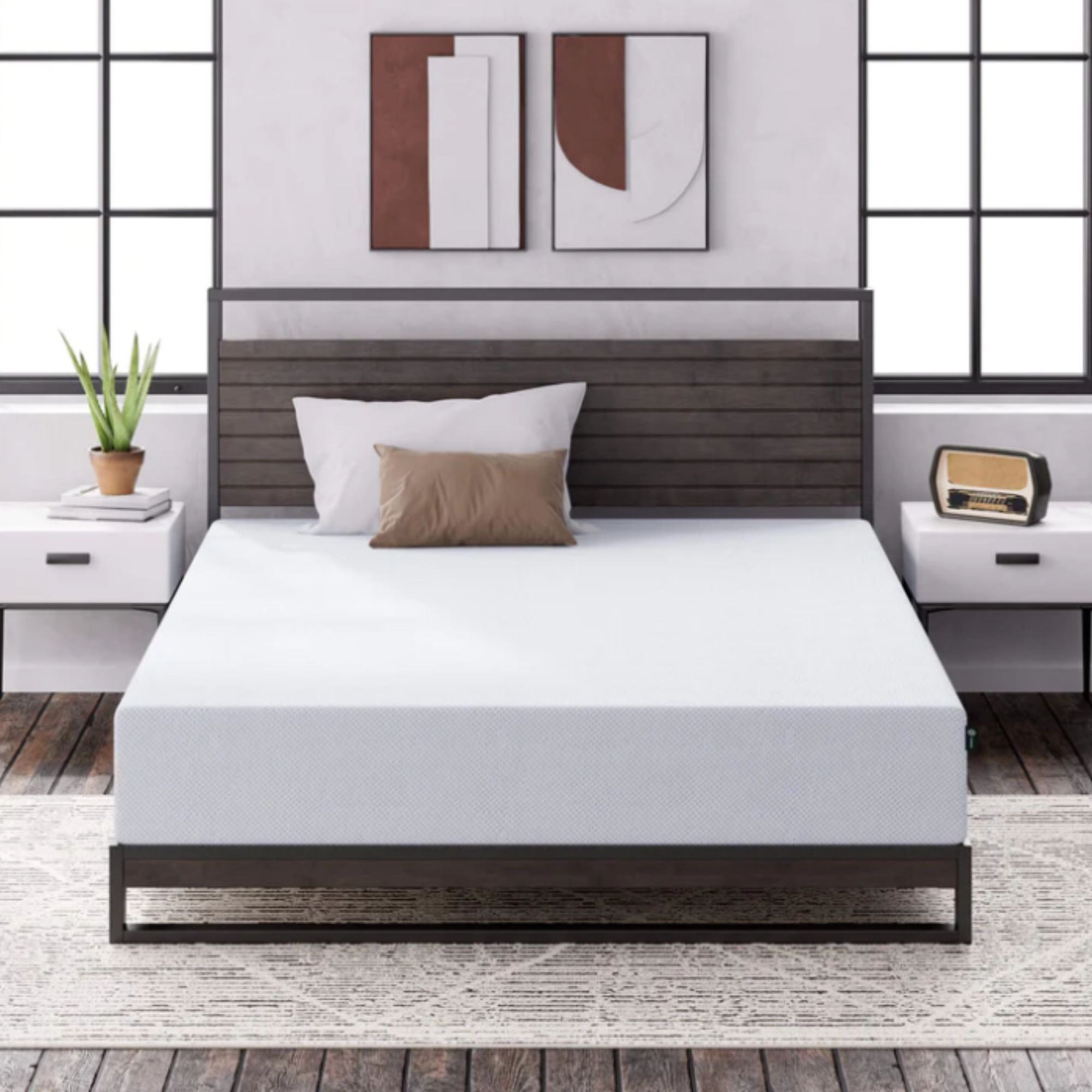
This mattress is infused with green tea and cooling copper to dissipate heat, wick moisture, and block odors. It's a great choice for sleepers who suffer from night sweats and want to make sure that they wake up fresh in the morning.
You can find more detail in our Zinus Cooling Green Tea Mattress review.
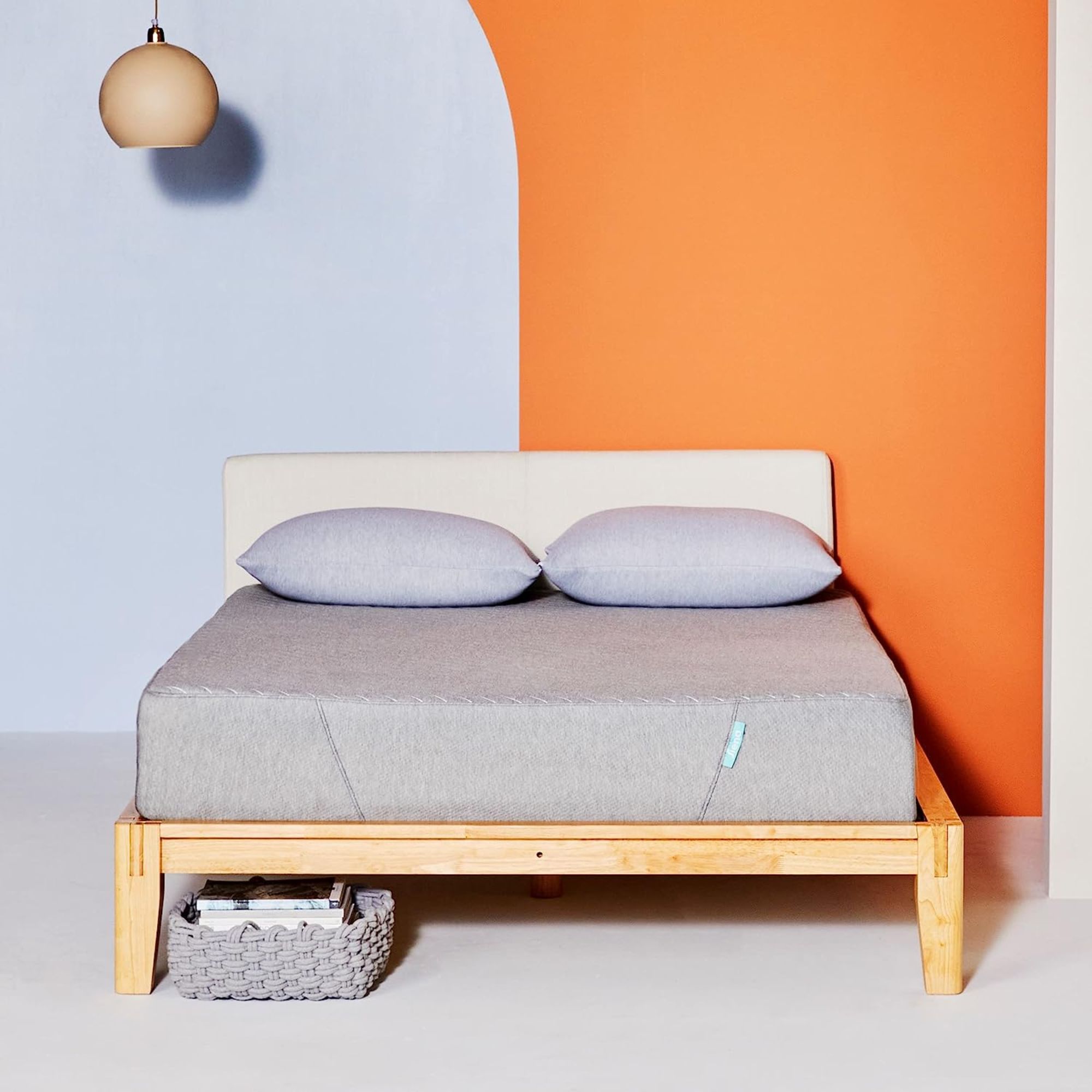
Gel memory foam tends to cost a little more money, but not when you shop with Siena. This is the cheapest bed we've ever tested and, considering the price, it performs pretty well. The support is solid and the motion isolation is excellent, though it still traps a little heat.
You can find more detail in our Siena Memory Foam Mattress review.
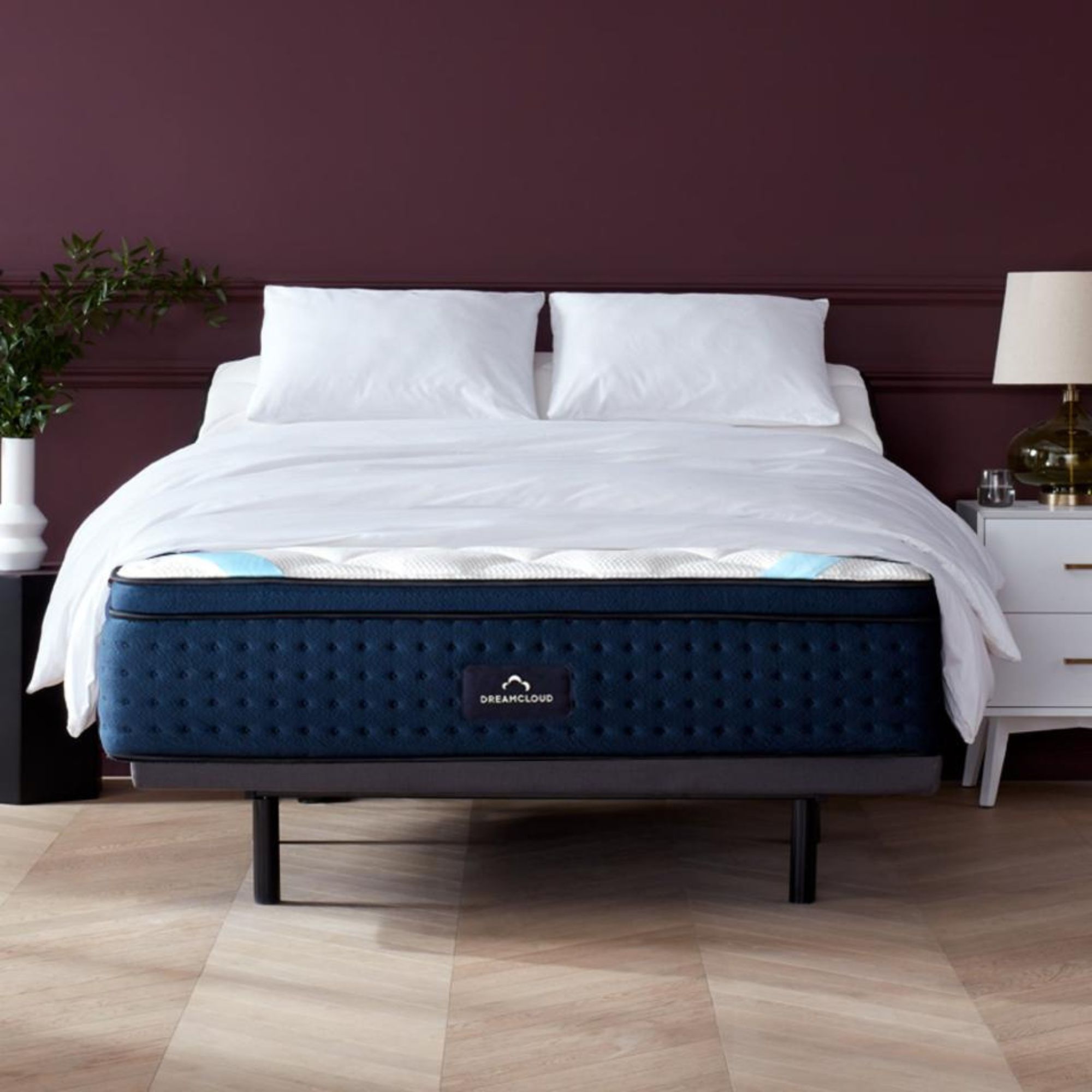
You don't need to buy an all-foam bed to appreciate the cooling comfort of gel memory foam. The DreamCloud Luxury Hybrid Mattress is founded on thousands of supportive steel springs, then topped with thick foam and infused with cooling gel to keep you feeling fresh.
You can find more detail in our DreamCloud Luxury Hybrid Mattress review.
Gel memory foam cons
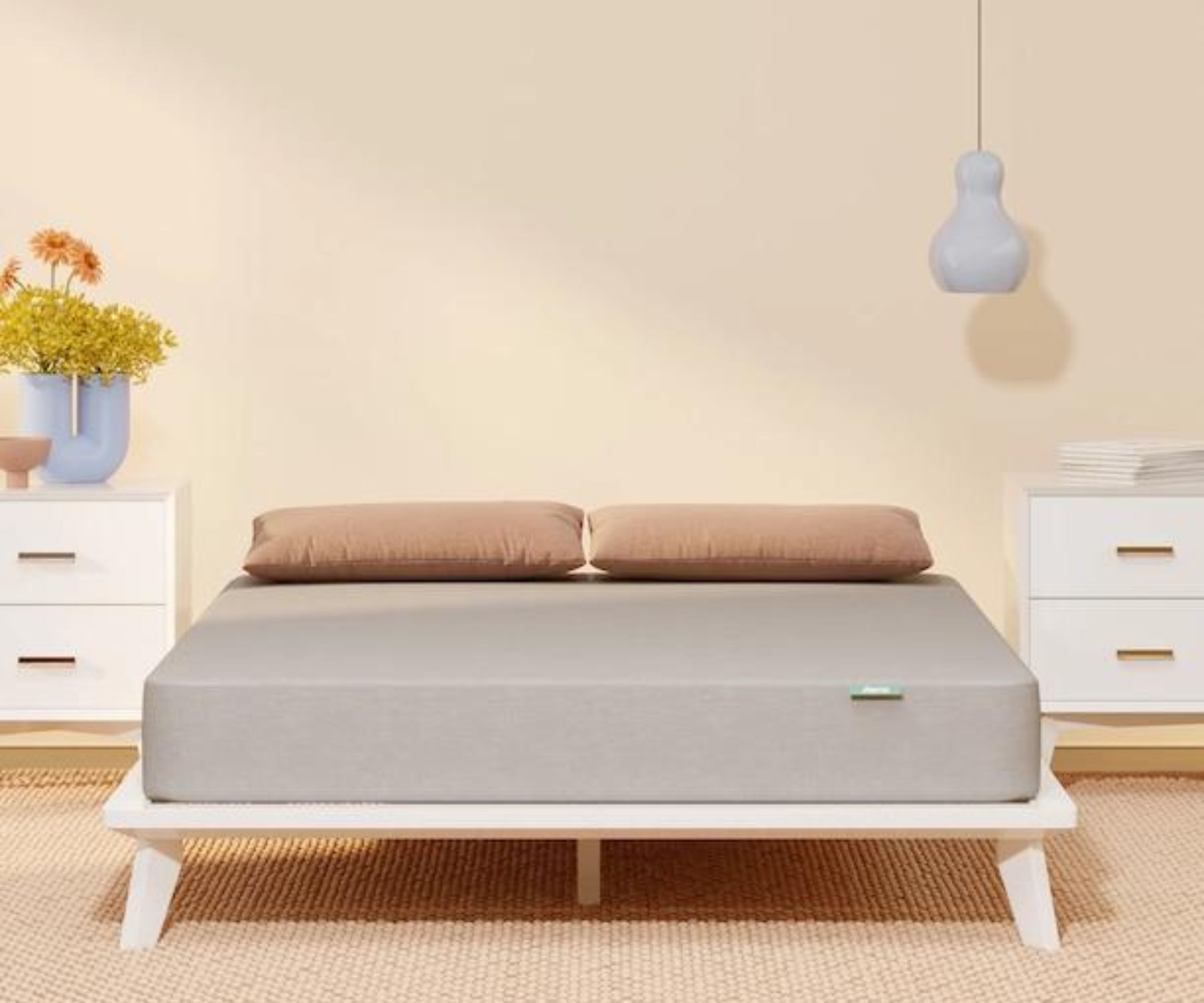
A gel memory foam mattress is marginally more expensive than a traditional memory foam mattress. It's only a difference of a few hundred dollars, and it goes a long way, but these beds are slightly less affordable for buyers on a budget.
A gel memory foam mattress is even less durable than traditional memory foam. You might only get five good years of use out of a gel bed, which quickly incurs indentations and impressions. That leads to a loss of support and sagging across the bed. The only way to elongate the life of a gel memory foam mattress is to flip it or rotate it once or twice a year.
Memory foam vs gel memory foam FAQs
Which is the best memory foam mattress?
After months and years of testing, we've concluded that the Emma Original Mattress is the best memory foam mattress overall. You get all the best bits of memory foam, from optimal motion isolation to comfortable body contouring. Of course, you get a little bit of heat retention, too, but you can always counteract with a set of the best cooling sheets.
Which is the best gel memory foam mattress?
It depends whether you're after an all-foam bed or if you're open to alternatives, such as a hybrid mattress with a healthy layer of gel-infused foam. Try the Zinus Cooling Green Tea Mattress to keep cool and smell fresh, or test the DreamCloud Luxury Hybrid Mattress for enhanced lumbar support.
Should I buy a memory foam or a gel memory foam mattress?
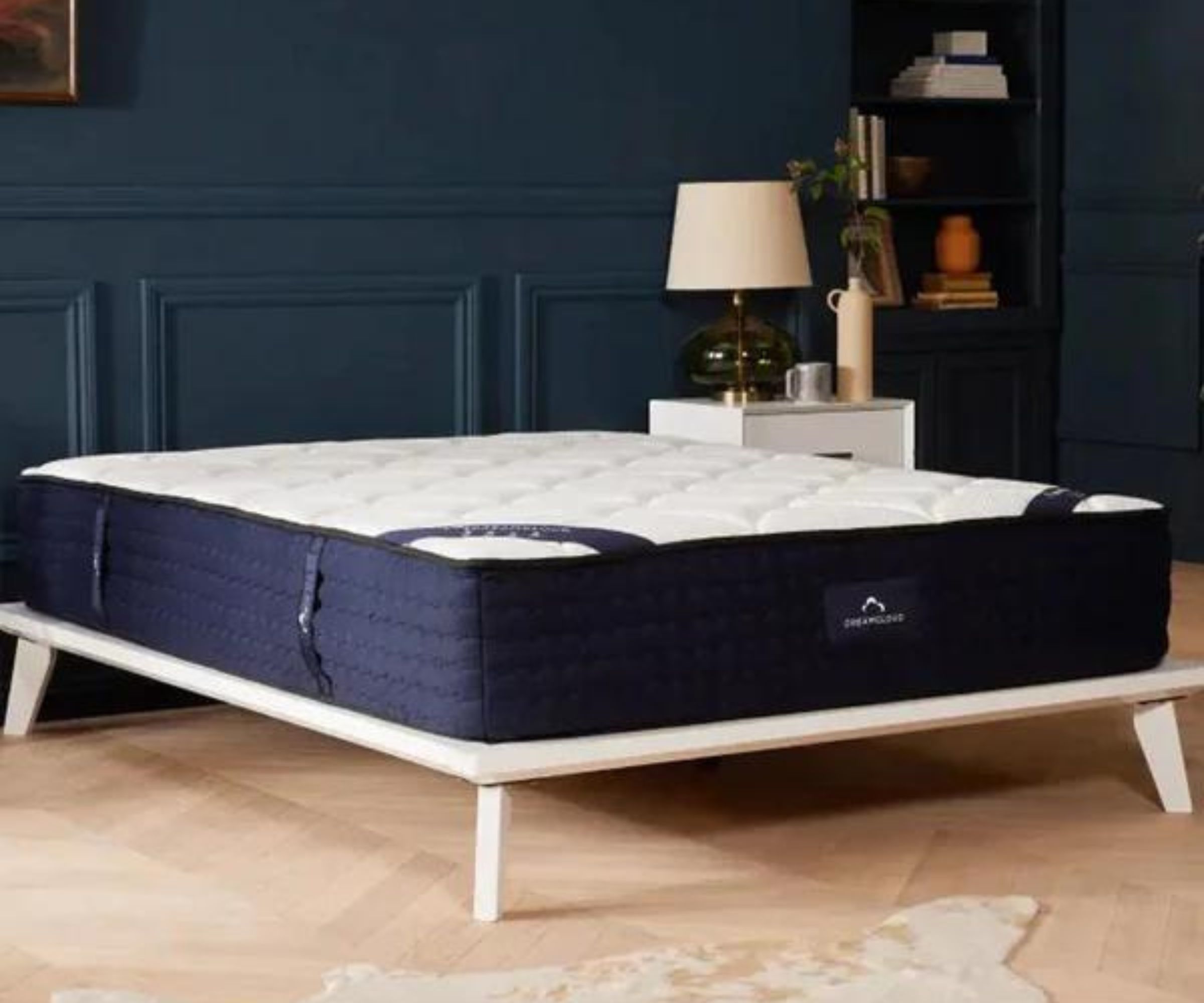
If you suffer from night sweats or hot flashes, or you simply tend to run a little warm, then you should go for a gel memory foam mattress. It's the best way to keep cool. You'll still get that pleasant sinking feeling and excellent motion isolation, though you might have to sacrifice some durability.
If you don't tend to sleep hot, and you're working with a tighter budget, then I suggest you stick to a traditional memory foam mattress. That way, you'll get near-perfect pressure relief and even weight distribution throughout the mattress: that's better for your body and for your bed.
Sign up to the Homes & Gardens newsletter
Design expertise in your inbox – from inspiring decorating ideas and beautiful celebrity homes to practical gardening advice and shopping round-ups.

Emilia is our resident sleep writer. She spends her days tracking down the lowest prices on the best mattresses and bedding and spends her nights testing them out from the comfort of her own home. Emilia leads a team of testers across America to find the best mattress for every sleep style, body type, and budget.
Emilia's quest to learn how to sleep better takes her all around the world, from the 3Z mattress factory in Glendale, Arizona to the Hästens headquarters in Köping, Sweden. She's interviewed luxury bedding designers at Shleep and Pure Parima, as well as the Design Manager at IKEA. Before she joined Homes & Gardens, Emilia studied English at the University of Oxford.
-
 Is this the end of built-in bedroom furniture? Designers decide if this once-loved feature will in fact date your space
Is this the end of built-in bedroom furniture? Designers decide if this once-loved feature will in fact date your spaceWill we be saying goodbye to built-in wardrobes, shelves, and drawers this year? We spoke with interior designers to see if this classic carpentry style will continue to be featured in bedrooms
By Eleanor Richardson
-
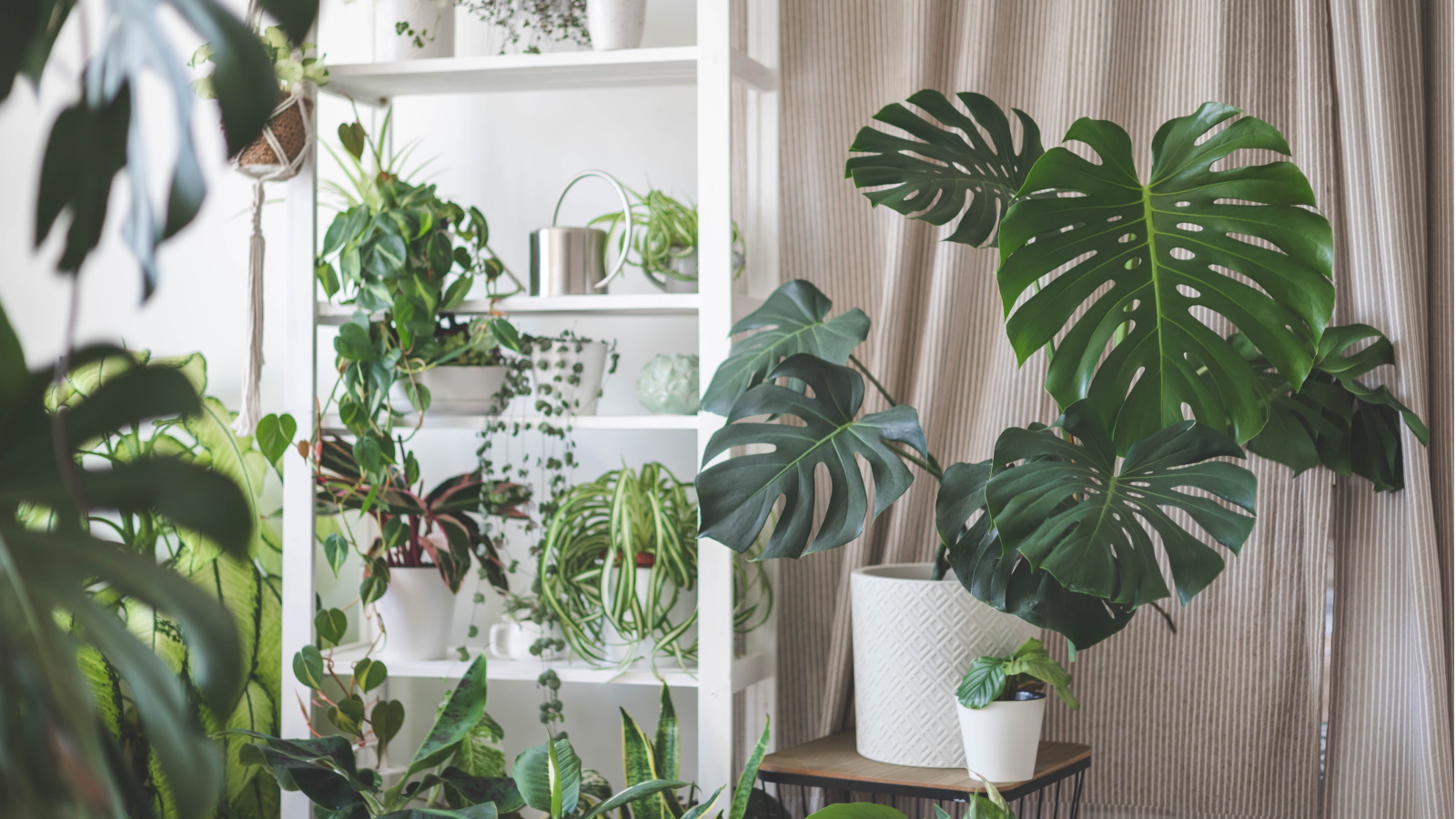 These are the worst houseplants for beginners – experts reveal 5 difficult plants to avoid, plus easy alternatives to choose instead
These are the worst houseplants for beginners – experts reveal 5 difficult plants to avoid, plus easy alternatives to choose insteadCaring for these houseplants successfully requires a lot of of TLC
By Tenielle Jordison